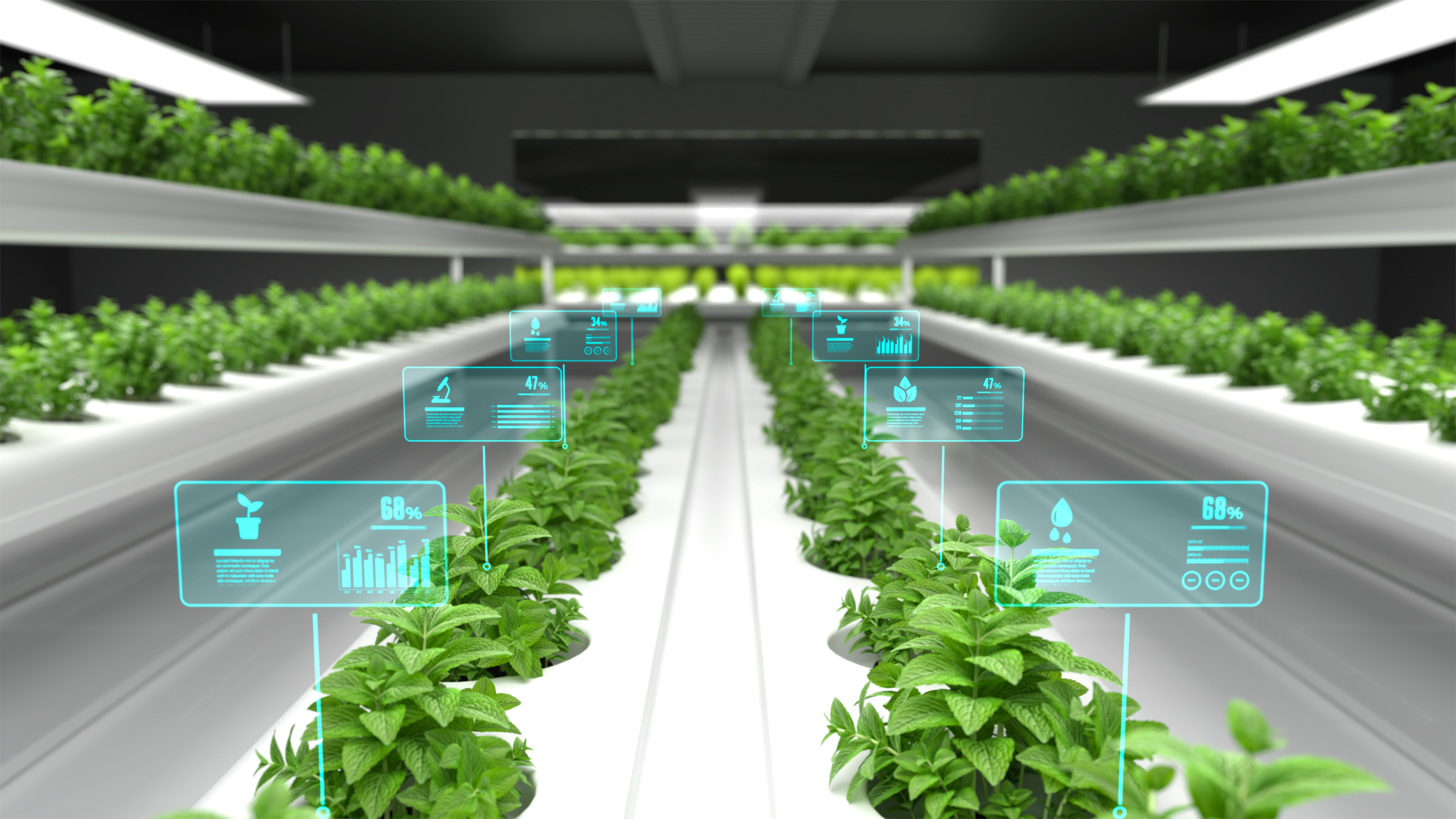
Laura Mahecha
Director, Agrochemicals
The U.S. biostimulant market is entering a pivotal growth phase, fueled by advancements in agricultural technology, greater regulatory clarity, and rising consumer demand for sustainable farming practices and organic food.
Valued at approximately $750 million in 2025 and projected to surpass $1 billion by 2030, the sector’s growth is driven by a diverse product range, humic substances, seaweed extracts, amino acids, and microbial inoculants, and their proven ability to enhance crop yield, stress tolerance, soil health, and nutrient uptake.
Key Growth Drivers for Biostimulants in the U.S.
- Sustainable Agriculture Demand: Growing consumer preference for organic and eco-friendly food production, aligned with the global biopesticide momentum.
- Crop Yield Optimization: Proven yield increases at a reasonable cost for row crops (corn, soybeans, wheat) and specialty crops (fruit, nuts, vegetables).
- Climate Change Resilience: Helping crops adapt to heat, drought, and other environmental stresses.
- Resistance Management: Offering alternatives where pests have adapted to synthetic crop protection products.
- Market Diversification: Expanding applications beyond farming into seed treatments, turf, ornamentals, greenhouses, and consumer markets.
Regulatory Landscape: Push for Federal Definition
The U.S. currently lacks a uniform federal definition for biostimulants, with 29 states using their own varying definitions—leading to market ambiguity. The proposed Plant Biostimulant Act (S.802 / H.R.1472), included in discussions for the 2025 Farm Bill, aims to:
- Establish a clear federal definition for biostimulants.
- Exempt them from pesticide regulations under FIFRA.
- Provide clearer labeling guidelines to enable specific, compliant product claims.
This mirrors global trends in the changing biopesticides industry, where clearer rules have boosted adoption and product innovation.
A Highly Fragmented Yet Opportunity-Rich Market
With over 350 companies competing across 12 active ingredient categories, the U.S. biostimulant market is highly fragmented, offering both challenges and opportunities:
- Complexity: Varied product types, multifunctional formulas, and unclear regulations.
- Opportunities: Strong potential for mergers, acquisitions, alliances, and partnerships to gain market share, similar to shifts seen in the top U.S. crop protection distributors.
Innovation Shaping the Future of Biostimulants
The industry is experiencing rapid innovation supported by AI, precision agriculture, and advanced formulation technologies. Emerging trends include:
- Multi-strain microbial blends targeting plant root zone health.
- Nanotechnology encapsulation for controlled-release delivery.
- Marine plant-derived and fermentation-based biostimulants.
- Precision biostimulants tailored to specific crops, soils, or climates.
- LCO-based formulations combined with fertilizers, pesticides, or other biostimulants.
- Integration with IoT sensors, satellite imagery, and machine learning, delivering reported 15–25% efficacy improvements.
Notable collaborations include partnerships among John Deere, Trimble, and Climate Corporation, leveraging digital agriculture platforms to enhance biostimulant performance.
Kline’s 2025 Biostimulant & Biofertilizer Market Study
Kline’s Agrochemicals team is conducting new research, Biostimulants and Biofertilizer: U.S. Market Analysis and Opportunities, to be published at the end of 2025. The study includes:
- Qualitative market insights.
- A detailed product database covering hundreds of commercial formulations.
- Strategic guidance for suppliers, investors, and ag-tech innovators.
Contact us to learn how this intelligence can strengthen your market positioning and growth strategy.

